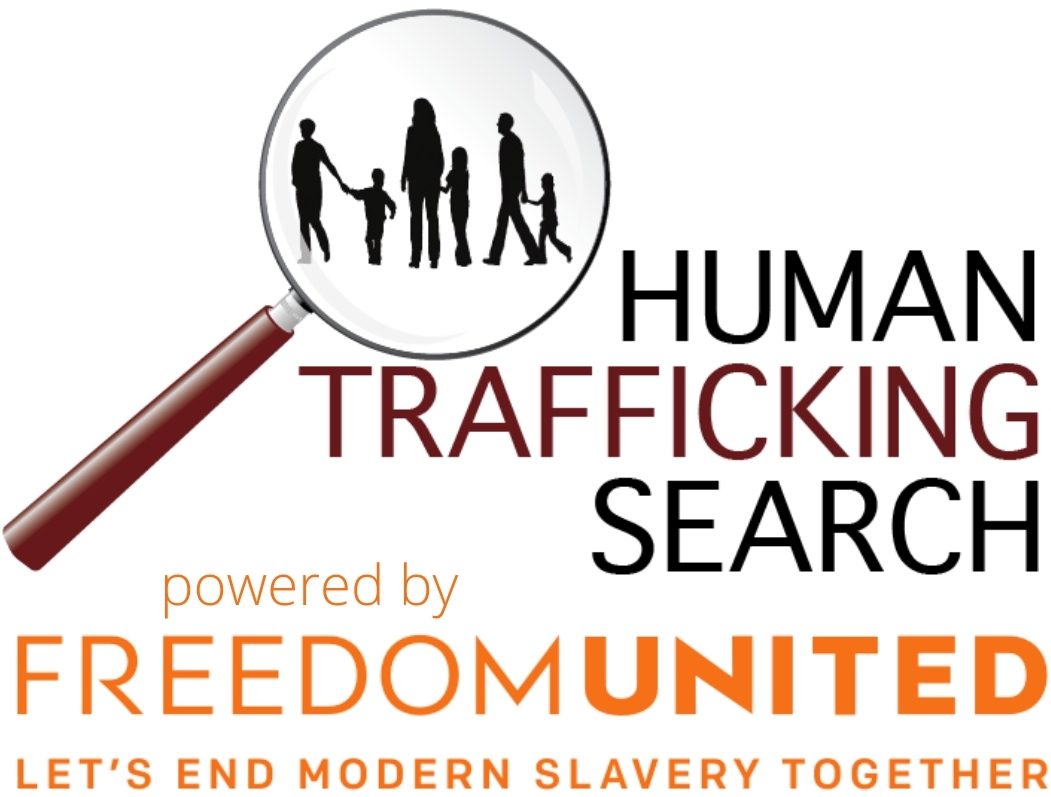
Why it’s time to move on from the “victim” trope
Many anti-trafficking groups are still fighting modern slavery through rescue efforts. But what if this approach does more harm than good? As explored in a blog by openDemocracy, rescue organizations rely heavily on stories with sensationalist language and images of helpless victims for fundraising—a strategy that strips survivors of their agency and dignity.
A growing number of activists and researchers say it’s time for change. They argue that the fight against trafficking should focus less on “rescue” and more on real solutions that consider the many nuances of exploitation.
What’s wrong with rescue?
Campaigns surrounding “spot the signs” often simplify complex situations. But real life is rarely so clear. These campaigns rely on dramatic stories—images of people chained, bruised, or crying. But this can mislead the public. Most exploitation doesn’t look like that. It also creates a system where people must prove they’re ‘victims’ to get help. If they don’t fit the stereotype, they may not be supported by stakeholders.
Additionally, public identification can have serious consequences. For example, sex workers being outed in their communities. For others, it leads to legal risks, particularly when there are no safeguards between immigration authorities and services like healthcare, education, or employment.
In the UK, people are often referred to the National Referral Mechanism (NRM), the system used to identify modern slavery cases, without being told that their information may be shared with the Home Office. This lack of transparency puts them at risk of immigration enforcement or even deportation.
